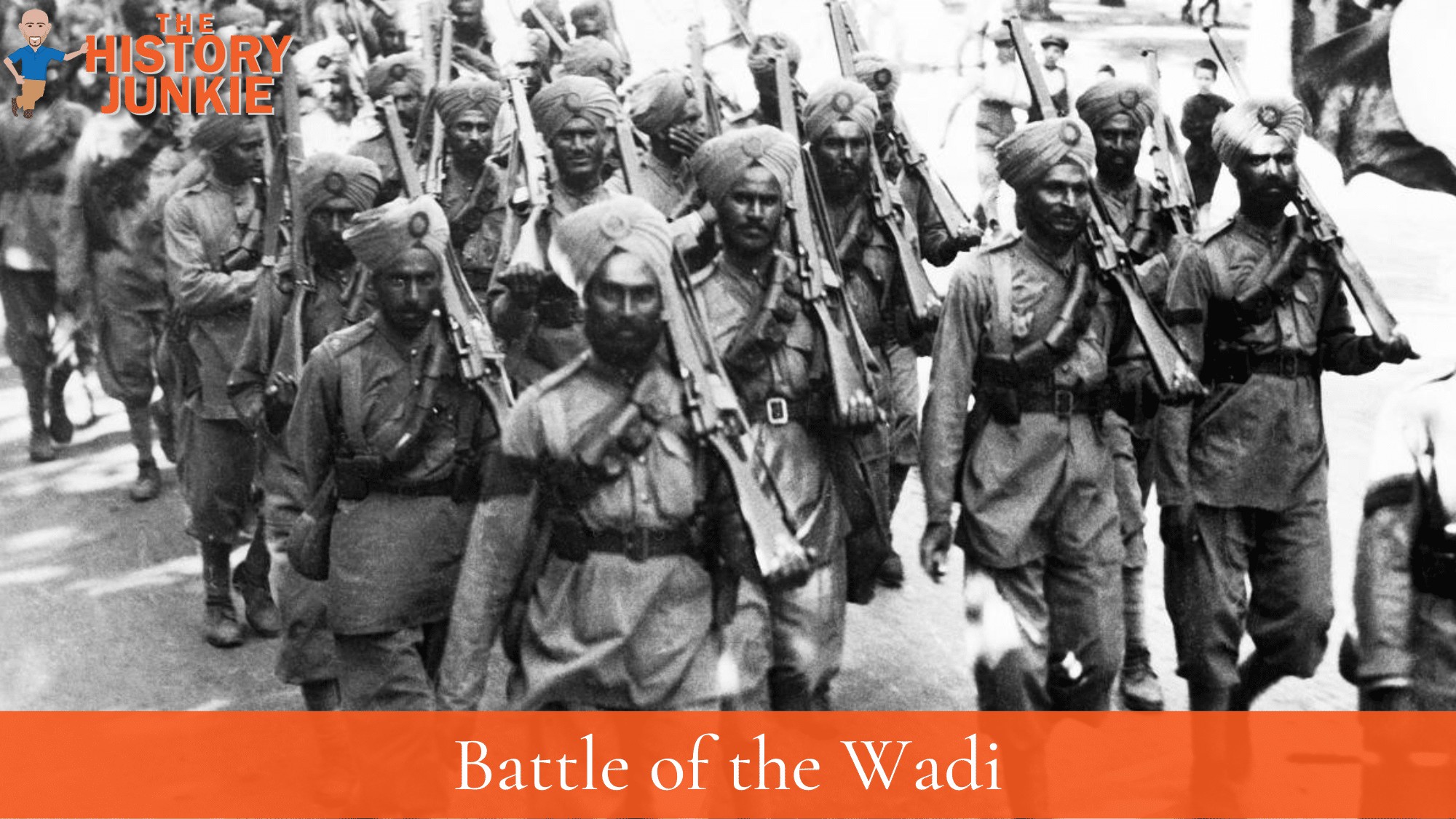The first attempt to relieve Sir Charles Townshend's trapped force at Kut-al-Amara had ended in costly failure at Sheikh Sa'ad. Another attempt took place at the Battle of the Wadi.

However, Sir John Nixon, the regional British Commander-in-Chief, pushed General Aylmer to launch another attempt within a week of Sheikh Sa'ad.
Jump to:
Prelude
While Aylmer was developing a somewhat skeptical view of his prospects of successfully relieving Kut, Nixon was confident that Aylmer's force of 10,000 men, added to Townshend's 10,000 in Kut, would be enough to break the notoriously unreliable and ill-disciplined Turkish army.
However, Nixon's calculations overlooked the reality that Khalil Pasha, the local Turkish commander, not only led a similar number of troops in the area but could also call upon a further 30,000 stationed in nearby Baghdad, with yet more on the way.
Moreover, the prospects for any force moving up the Tigris River were unpleasant during the months of February and March, as floods were the norm, severely hindering progress.
In spite of the heavy losses sustained at Sheikh Sa'ad, Aylmer had nevertheless advanced a few miles further upstream towards Kut.
However, inexplicably, the defending Turkish forces under Nur-Ud-Din abandoned their lines and began retreating.
Nur-Ud-Din's dismissal and consequent replacement with Khalil brought a halt to the Turkish retreat.
Khalil established new and firm defensive positions on the banks of the Wadi, which the British would have to pass through on their way to Kut.
Aylmer, aware of Khalil's movements, proposed to outflank the Turks and secure possession of the Hanna Defile, which was immediately behind the Turkish lines.
This would surround Khalil's forces. Meanwhile, the 28th Brigade would launch a frontal attack, while the remaining British forces would move around the Turkish flank.
The Battle
The British advance quickly bogged down as the element of surprise was lost. The 28th Brigade's frontal attack was entirely repulsed, and the British were forced to defend from behind.
Khalil's forces, now aware of British plans, swiftly redeployed from a north-south facing position to east-west to avoid being outflanked.
Aylmer called off the attack as the day closed. The Turks remained in thorough command of the Hanna Defile, and the British gains were small and unworthy of the 1,600 casualties incurred.
Aftermath
The British continued to attempt to break through the Ottoman lines over the coming months in order to rescue their brethren in Kut, all of which were unsuccessful.
In April 1916, after nearly five months under siege, Townshend finally submitted, along with 10,000 of his men, in the largest single surrender of British troops up to that time.
